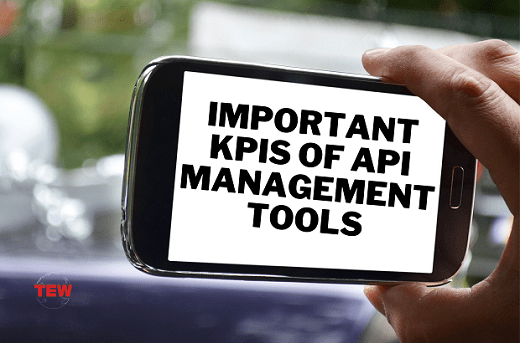Important KPIs of API Management Tools
Technology advancement has greatly influenced how businesses operate and our day-to-day lives in general. For instance, you will interact with multiple software applications in the office when performing different tasks. Similarly, technology has changed our homes and simplified how we access services from different companies.
Today, we are able to access our bank accounts from anywhere in the world as long as we have internet access. We are even able to initiate transactions without having to interact with our banks physically. If you are traveling for a number of days, you are able to book a flight using your phone and even book a hotel room or residential house from your phone. After that, you can make all the payments from the same phone.
This has been made possible by advancements in technology, and in particular, APIs (Applications Programming Interfaces). An API is a programming interface that allows applications to communicate and share data.
API Management
The continued growth of API usage has prompted businesses to invest in API management to make sure that they keep an eye on the APIs from the time they are incepted until they are retired. API management is the process of developing and publishing APIs while at the same time enforcing all usage policies, collecting usage statistics, analyzing the statistics, controlling access to the APIs, and creating reports on the performance of the APIs.
To make sure that businesses meet all their requirements when managing APIs, they use API management tools. These tools come with special features making the entire API management process easy. When choosing an API management tool, businesses need to make sure that the tools meet the following KPIs;
1. Different Functionalities
When choosing the API management tool to use, developers should make sure that the tool comes with multiple functionalities. This is because they (developers) need to have different functionality options readily available for use when needed. With different functionalities, developers will be able to use the functionality that best suits a certain project with any API in the management system.
2. Dependability
The right API management tool needs to be dependable through any situation that might come up when in use. It needs to be able to handle all requests assigned to it without any issue and should raise an alarm when it exceeds the assigned quota instead of just failing or experiencing downtimes. In addition, it needs to provide end-users with a portal through which they can take care of some issues without having to contact the API developers.
3. Processing Power
Have you ever used a very slow application that you had to leave and look for other options? Well, that might be caused by different things, but all the same, it is disgusting. Similarly, imagine an API management tool that takes ages handling the number of requests assigned to it. Such a tool will complicate the use of APIs and might end up driving the API consumers away.
4. Quality Metrics
An API management tool needs to meet all the requirements and functionalities. Developers should be able to compare the performance of the management tool on a daily basis to make sure that it meets its expectations. This way, they will make sure that there will be no issues with the performance of their APIs. Developers can address any issues that may arise within a short time.
5. Cost-Effective
Finally, businesses need to make sure that they are getting value for their money with the API management tool that they choose to use. For instance, it is wrong to invest in an API management tool that does not meet all the functionalities that it is supposed to yet you are or have paid to use the tool.
Conclusion
API management tools come with multiple features that make the process of managing APIs through production, support, and monitoring easy. They make it easy for developers to gain insights into the performance of their APIs and address any issues that might arise easily before developers can spot them. This way, they are able to take technology forward with possibilities brought by APIs. That notwithstanding, businesses need to make sure that the tools they employ for API management meet the KPI discussed above.




